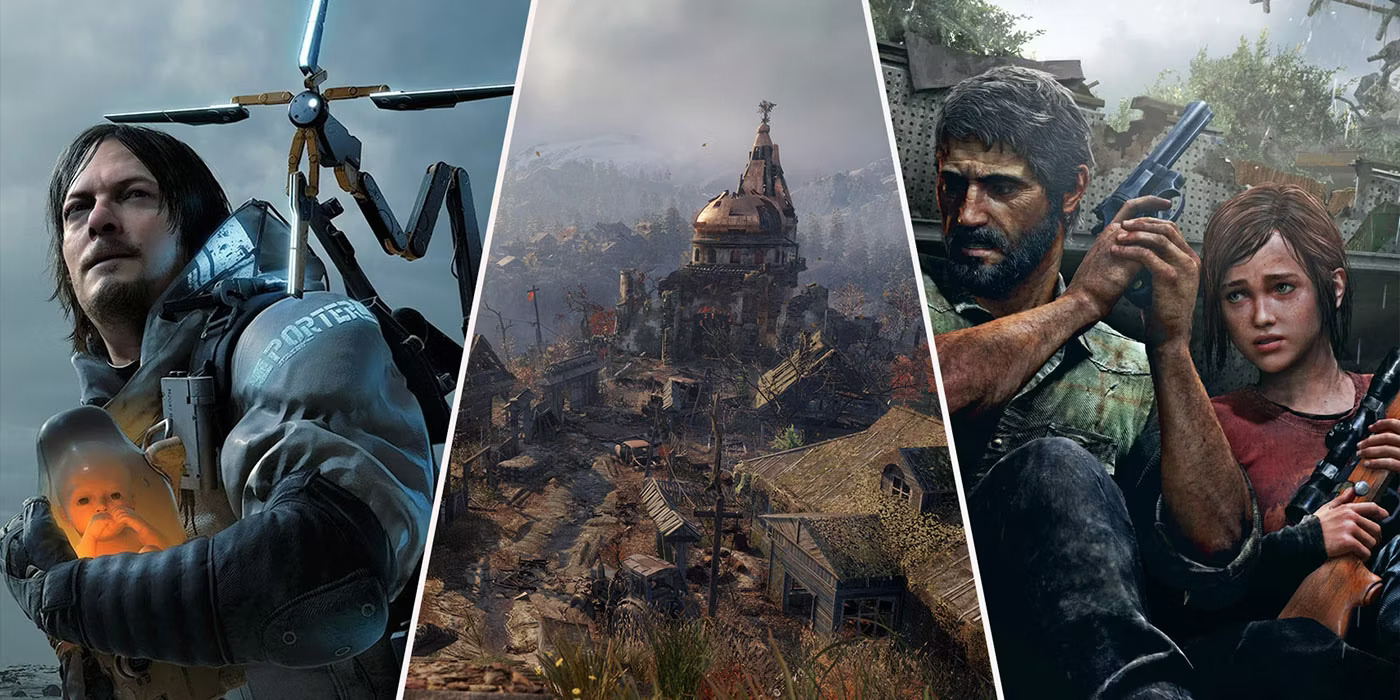Dead Grid is a turn-based, deck-building strategy game set in a post-apocalyptic world overrun by zombies. Players take control of a team of mercenaries, scavengers, and survivors, utilizing a card-based combat system to fight off the undead while managing resources, upgrading gear, and uncovering the remnants of civilization. With its deep tactical gameplay, customizable squads, and grim, desolate atmosphere, Dead Grid offers a challenging and strategic survival experience for fans of turn-based tactics and deck-builders.
Plot and Setting
The world has fallen to an unstoppable zombie outbreak, leaving only scattered pockets of humanity fighting for survival. The player leads a group of mercenaries, venturing into the ruins of civilization to scavenge supplies, eliminate threats, and uncover the mysteries behind the apocalypse.
The story is told through environmental storytelling, mission briefings, and encounters with survivors, gradually revealing the depths of the outbreak and the factions that still roam the wasteland.

Gameplay Mechanics
- Tactical Turn-Based Combat:
- Players engage in strategic, grid-based combat using a deck of weapon, ability, and skill cards.
- Positioning and resource management are key, as zombies and other enemies require careful planning to defeat.
- Weapons and skills have different effects based on range, ammo consumption, and special properties, adding depth to combat.
- Deck-Building and Loadout Customization:
- Players collect and upgrade hundreds of weapons, armor pieces, and tactical gear to improve their squad’s effectiveness.
- Different card synergies and playstyles allow for various tactical approaches, from brute force firefights to stealthy precision strikes.
- Squad-Based Management:
- Players recruit and train mercenaries, each with unique abilities, perks, and loadouts.
- Team composition is critical, as different characters excel in ranged combat, melee, support roles, or explosives.
- Exploration and Looting:
- Missions take place in varied post-apocalyptic locations, from abandoned cities to military bunkers.
- Players must scavenge for rare loot, salvage equipment, and manage inventory carefully to survive.
- Survival and Resource Management:
- Ammunition, food, and medical supplies are scarce, requiring careful resource management to keep the squad alive.
- Tougher encounters demand better gear and smart decision-making, as reckless play can lead to permanent losses.
- Enemy Variety and Challenges:
- The undead evolve, with stronger, faster, and more intelligent zombies appearing as the game progresses.
- Special zombie types require adaptation and advanced strategies to defeat.
- Encounters with bandits, rogue factions, and other human survivors add additional challenges beyond the undead.
Themes
- Survival in a Ruined World: Humanity clings to existence in a merciless, undead-infested wasteland.
- Tactical Thinking and Adaptation: Every encounter requires strategic planning and careful resource management.
- Morality and Hard Choices: Players must decide how to approach encounters, whether to risk dangerous battles for supplies or cut losses and retreat.
- The Cost of Survival: No one is safe, and losing key mercenaries can have lasting consequences.
Visuals and Audio
Dead Grid features a gritty, detailed art style, with environments that depict the decay of a world long abandoned. The character and enemy designs are grim and unsettling, reinforcing the hopelessness and danger of the post-apocalypse.
The atmospheric sound design includes eerie ambient noise, the distant growls of zombies, and the tense crack of gunfire, creating a constant feeling of dread and urgency. The soundtrack complements the dark tone, featuring haunting melodies and industrial beats that enhance the survival experience.
Have you played Dead Grid? What’s your favourite part of it? We’d love to hear from you.
Other things you might want to know:







